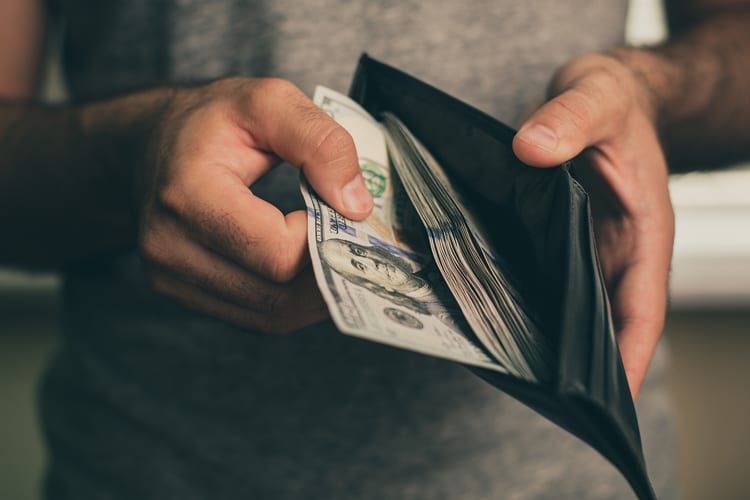Practical Ways to Spend Your Stimulus Check If There’s Leftovers from Bills

To help combat the coronavirus crisis, the federal government approved a $2 trillion stimulus package in March that included more than $550 billion in relief for individuals. A majority of American adults will receive a stimulus check up to $1,200 as a result, and the first direct deposits are beginning to trickle out.
For many people, that stimulus check will be a critical lifeline to help cover bills, rent payments, or other essentials. More than 16 million Americans lost their jobs in the last three weeks, so this relief check will make some difference in helping them stay afloat.
Relief checks will be disbursed by income level, and it shakes out like this:
For singles or married couples filing separately:
- If your adjusted gross income is less than $75,000, you’ll receive $1,200. You will also get $500 for each dependent child under 17
- If your adjusted gross income is greater than $75,000, your stimulus amount will be reduced by $5 for every $100 you earn over $75,000
- If your adjusted gross income is greater than $99,000, you will not receive aid
For couples filing jointly, the same rules apply but the threshold is doubled since you’re combining two incomes.
For middle-income Americans who are still working and qualify for federal aid, this money can be useful in a lot of other ways. While you may not need it in the short term to help you pay for essentials, there are practical ways you can spend this stimulus money. A majority of Americans plan to use the money to pay off bills or purchase essentials, but if you have any left after that, here’s what you can do.
Pay Off Debts and Loans
According to CreditCards.com, more than 110 million adults had outstanding credit card debt before the coronavirus pandemic hit. On average, those with debt owe upwards of $6,000, so as long as you still have job security this stimulus check can help you make a significant dent in outstanding debt. This applies to all forms of debt, but credit card debt is the most common.
Now can be a great time to pay off student loans, too. All federal loans are in forbearance until September 30, meaning there are no minimum monthly payments through the summer and no interest will accrue. By paying off student loans now, you can chip away at the remaining principle without losing any of your payments to interest. When the forbearance period ends, you’ll be in a much better position and accrue less interest than you would have.
Build Your Emergency Savings
A penny saved is a penny earned, and that still applies if you’re getting 120,000 pennies. Many experts have differing opinions on how much money you should have in an emergency fund, but we’re seeing now how critical having those savings can be. If you don’t have any emergency savings yet, building a $1,000 beginner’s fund is a smart move.
A fully built emergency fund should ideally have enough to cover at least three months of expenses. If you’re starting from scratch it’ll take you a while to get to that point, but this stimulus check can help you get started. If you don’t need to spend this stimulus check, saving it is the smartest thing you can do. About 9 percent of Americans plan to save their stimulus money.
Assess Your Retirement Fund
Even if the economic downturn hasn’t impacted your job, there’s a good chance it’s hurt your financial future. The stock market has been incredibly volatile, and likely will be for a few months, throwing many people’s retirement accounts into turmoil. While having a strong emergency fund is a more pressing short-term need, you should keep an eye toward the future and make sure your retirement savings remain intact.
If you’re considering putting your stimulus check toward retirement, it’s a good idea to meet with a financial planner and talk about your long term options. If you’re nearing retirement, it’s a good idea to add more bonds to your portfolio, but if you’re still a long way away you should consider finding growth stocks you can take advantage of now.









